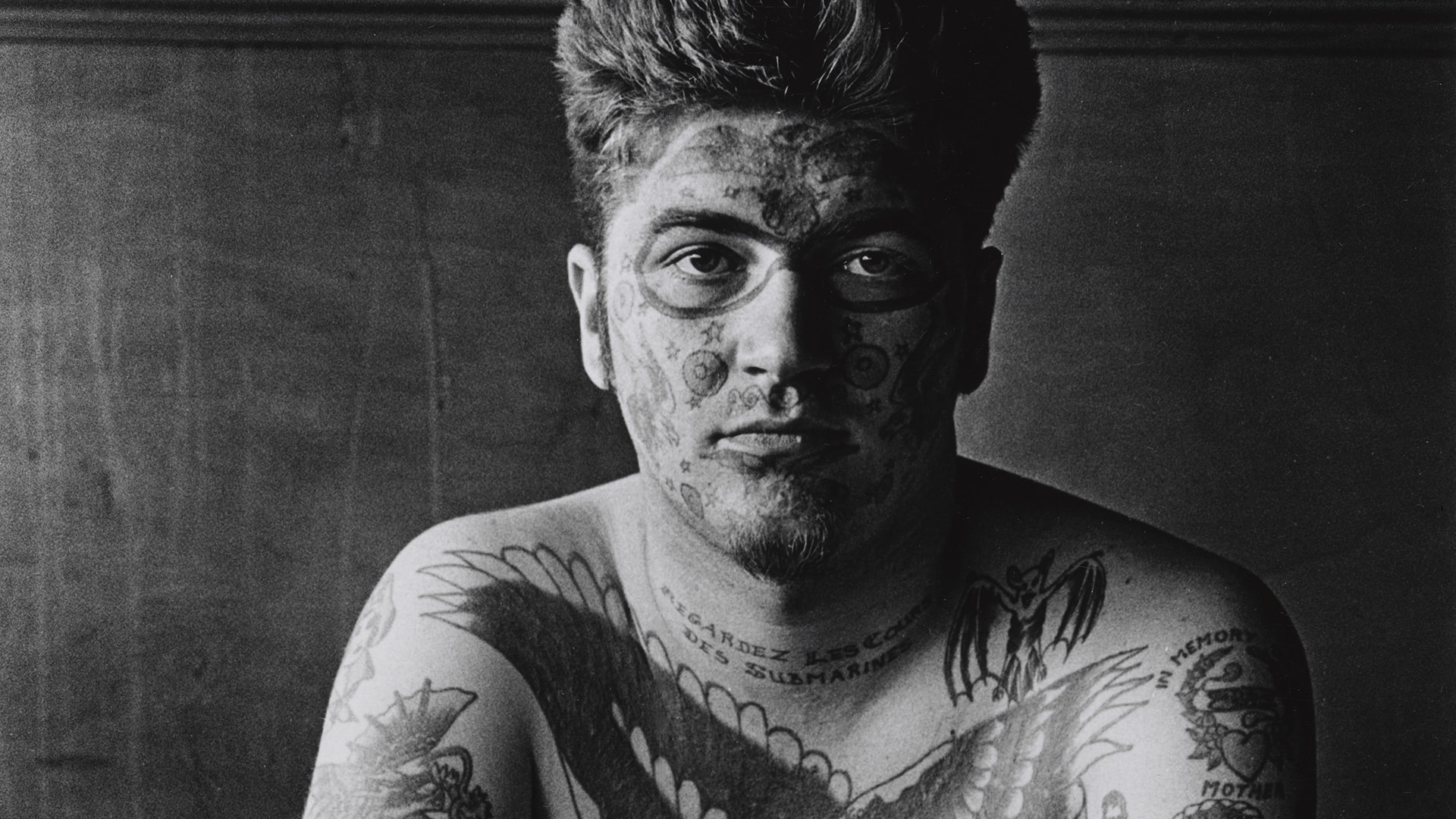“I see the divineness in ordinary things,” Diane Arbus used to say, adding that she always felt surrounded as if by fog that set her outside the world, at the edge of beings and things. Her frequent bouts of depression had probably something to do with the keenness of her gaze, but she had above all an unparalleled eye for uncovering the weirdness of the world and revealing it in all its richness. Her famous portraits of freaks, sideshow folks, carnies, and outsiders of all sorts, are in fact a close examination of the human species. She sets a stage on which bodies and souls of social outcasts are laid bare and taken apart. The Hayward Gallery presents her first steps as a photographer through a selection of photographs taken in New York City, where the artist was born and where, on July 26, 1971, at the age of 48, she committed suicide by slitting her veins in a bathtub.

Tumblers and acrobats
The daughter of a wealthy family that had made its fortune in sales, Diane Arbus grew up feeling like an ugly duckling. She was a pampered princess ashamed of her privileged social rank, as she confessed in her writings. Her whole life would be a negation of her upbringing. She sought to free herself from her family background, and above all to venture into a world she knew nothing about: the world of street performers, psychotics, “monsters,” people who were marginalized and outcast either because of their looks or because of their mental state. It was in 1957 that Diane Arbus began photographing in earnest. At the New School for Social Research she studied under Lisette Model, which was a watershed encounter. When asked by her instructor to find a subject to photograph, Diane Arbus answered, “I want to photograph what is evil.”

A plastic gun
Diane Arbus went on to photograph human frailties and flaws: the disproportionate sizes of midgets and giants, the contorted facial features of the mentally ill, and the strange, deformed bodies of “freaks” and transvestites. From her earliest exhibitions, visitors would heap abuse and spit on her photographs. The work of Diane Arbus was seen as unsettling, which proves that it touched on sensitive issues in American society at the time. What the artist photographs are impurities of the world and human rejects: a little boy is holding a toy grenade as if he were about to blow himself and us up amid the devastation of war. An even smaller one is pointing his plastic gun at us with innate ferocity. Identical twin girls, one of them pouting, the other smiling, are disconcerting in their difference. Rich New Yorkers hide their loneliness beneath a veneer of opulence. Diane Arbus reaches straight into their souls and transfixes those facing her lens. Armed with a flash, her gestures are swift, her portraits snapped in mid-action, plucked from the flow of the world.

The devil
Who knows what went on in the mind of the woman whom the American photographer Walker Evans called “Diane the huntress,” after the goddess of Roman mythology, and in whose work he saw the “naïveté of the devil.” She no doubt wanted to shed light on the epic of human life that few artists were capable of exploring; she was interested in the narrative of those living in the margins, of those shipwrecked on the shores of a society intolerant toward minorities. She no doubt sought revenge on her fate of a spoiled little girl, and desired to know what was forbidden to her. To her, true wealth consisted in an awareness of trauma brought by the very fact of being alive, and she found this awareness in people damaged from birth by a condition that made them different from everybody else. Those people have something to teach us, she thought. And she knew how to portray them larger than life in her tender and sorrowful photographs.



Lady on a bus, N.Y.C. 1957, Courtesy The Metropolitan Museum of Art, New York / Copyright © The Estate of DianeArbus, LLC. All Rights Reserved.
By Jean-Baptiste Gauvin
Diane Arbus: In the Beginning
February 13 to May 6, 2019
Hayward Gallery, Southbank Centre, 337–338 Belvedere Rd, Lambeth, London


